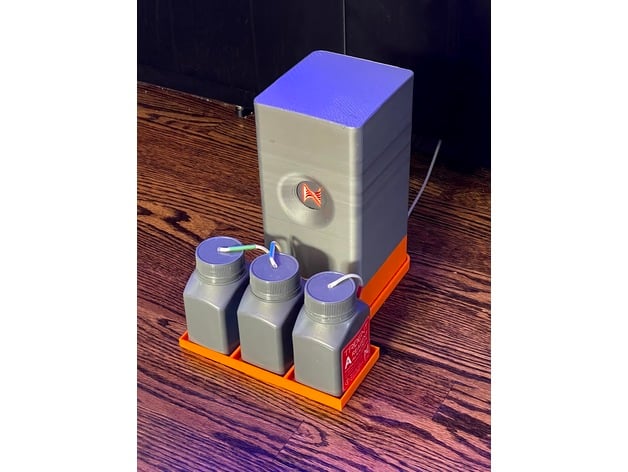So I noticed the generic (although still expensive at $70 for 2-month supply) ABC reagent bottles are taller and narrower so the Trident tubing is too short to reach the bottom. Plus the three bottles don’t all fit in the Trident drawer. Are we meant to use them to refill the existing Trident bottles? I’m not happy about doing extra work to clean and refill a bottle just because they can’t right-size their product packaging. Not buying again.
That's why you need this!!!
@thesassyindian

